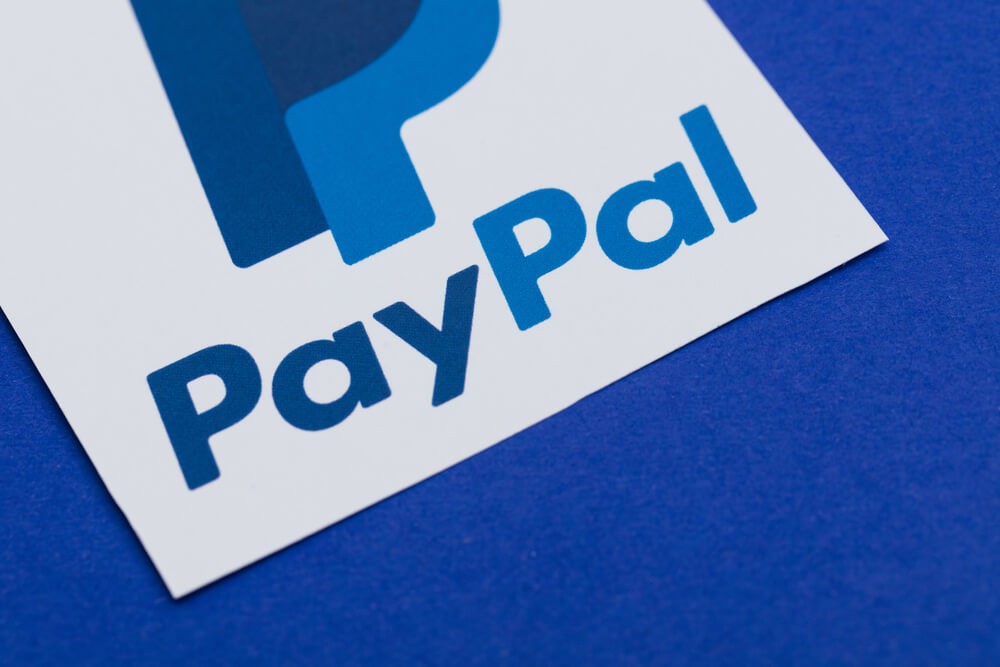Alphabet-owned Google has announced job cuts at Waze, the popular mapping app, to streamline its operations and consolidate processes. The decision comes as Google merges Waze’s advertising system with its Google Ads technology, emphasizing its ongoing efforts to enhance efficiency and integrate its various mapping products, including Google Maps vs. Waze. While specific details regarding the number of layoffs remain undisclosed, this move marks Google’s ongoing efforts to enhance efficiency and integrate its various mapping products.
The Merger of Waze and Google Maps
In December last year, Google revealed its intention to merge the teams behind Waze and Google Maps. This strategic decision aimed to unify the expertise and resources of both platforms, fostering collaboration and innovation within the Google Geo division. This division encompasses a range of real-world mapping products, including Google Maps, Google Earth, and Street View. By integrating Waze, known for its advanced features like Waze route planning and offline maps, into this portfolio, Google seeks to optimize the efficiency of its mapping services and provide users with an enhanced navigation experience.
Streamlining Advertising Operations
The latest development involves integrating Waze’s advertising system with Google Ads technology. This move is expected to streamline the advertising processes across both platforms. Therefore, allowing advertisers to reach a wider audience through a unified and cohesive advertising interface. While the exact impact of this integration on job positions within Waze remains uncertain. Therefore, google’s primary goal is to consolidate its advertising capabilities. Therefore, creating a more seamless experience for businesses and users alike.
In conclusion, while the job cuts at Waze are unfortunate, they reflect the company’s commitment to operational efficiency and consolidating resources. In the context of Google Maps vs. Waze, users often wonder, ‘Is Waze better than Google Maps?’. Each app has its strengths and features, and integrating the two platforms holds great promise. This integration benefits advertisers with enhanced capabilities and allows users to leverage the strengths of both mapping products. Therefore, ultimately improving their navigation experiences.











COMMENTS